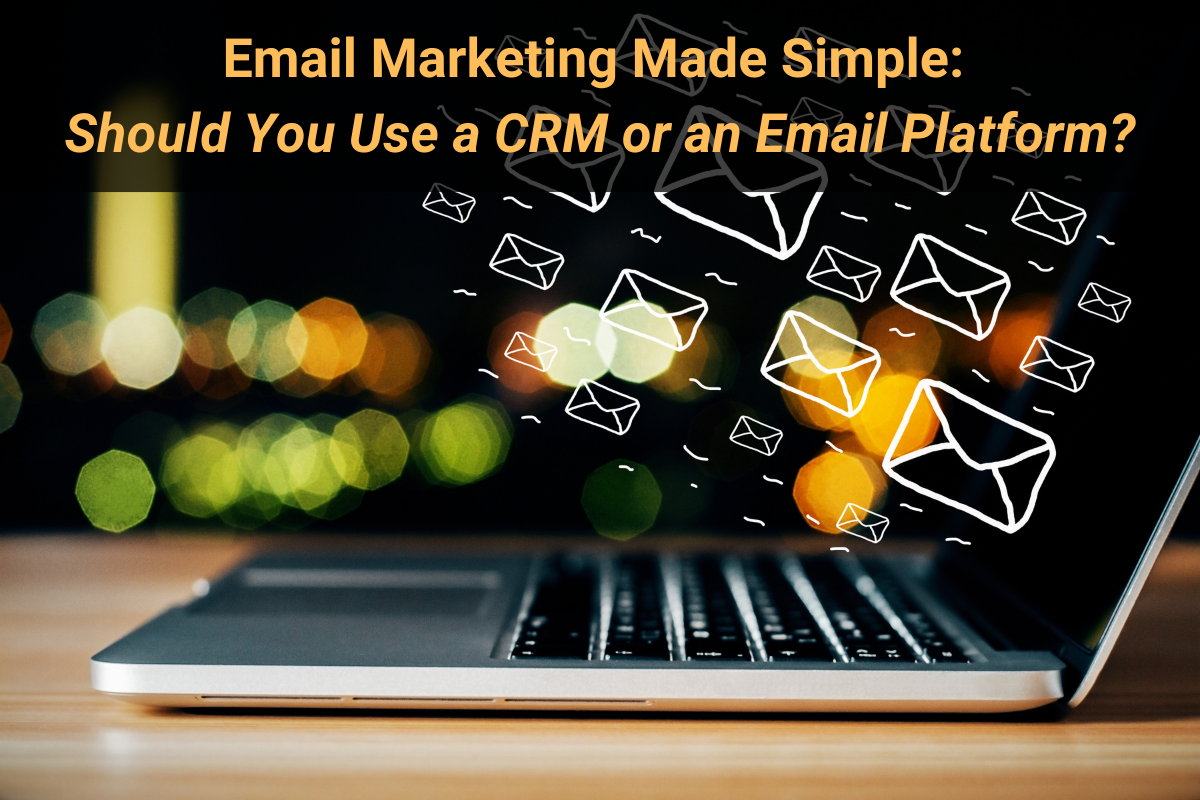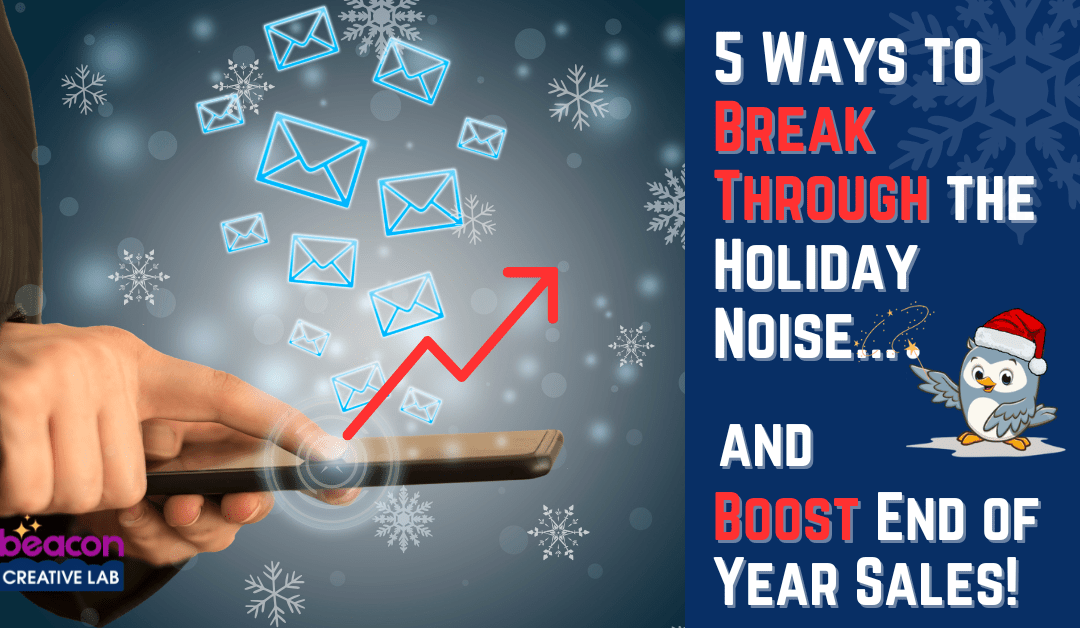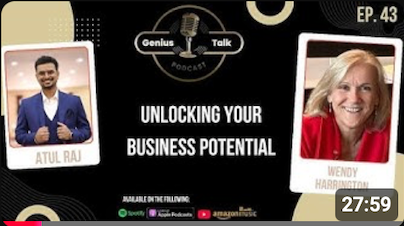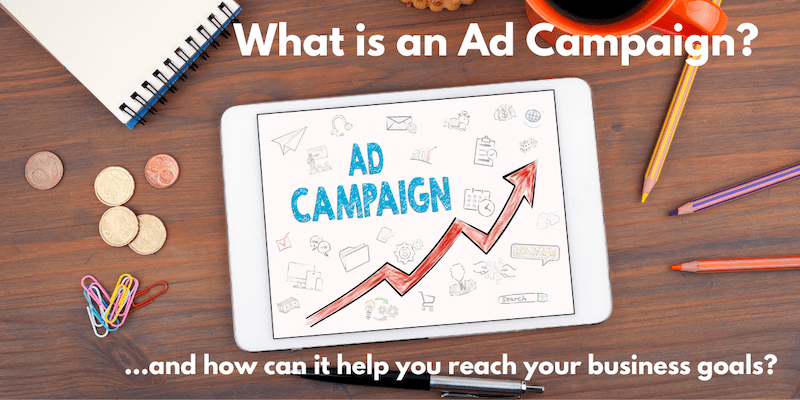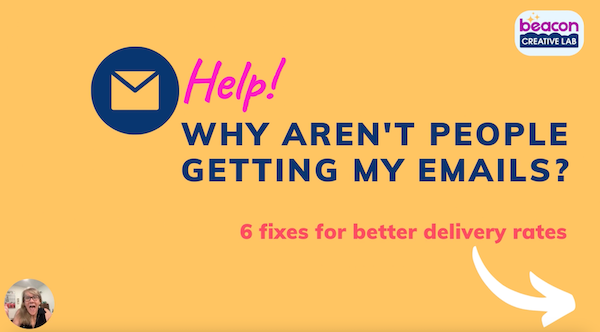How to Build Your Email List (Without Feeling Icky About It)
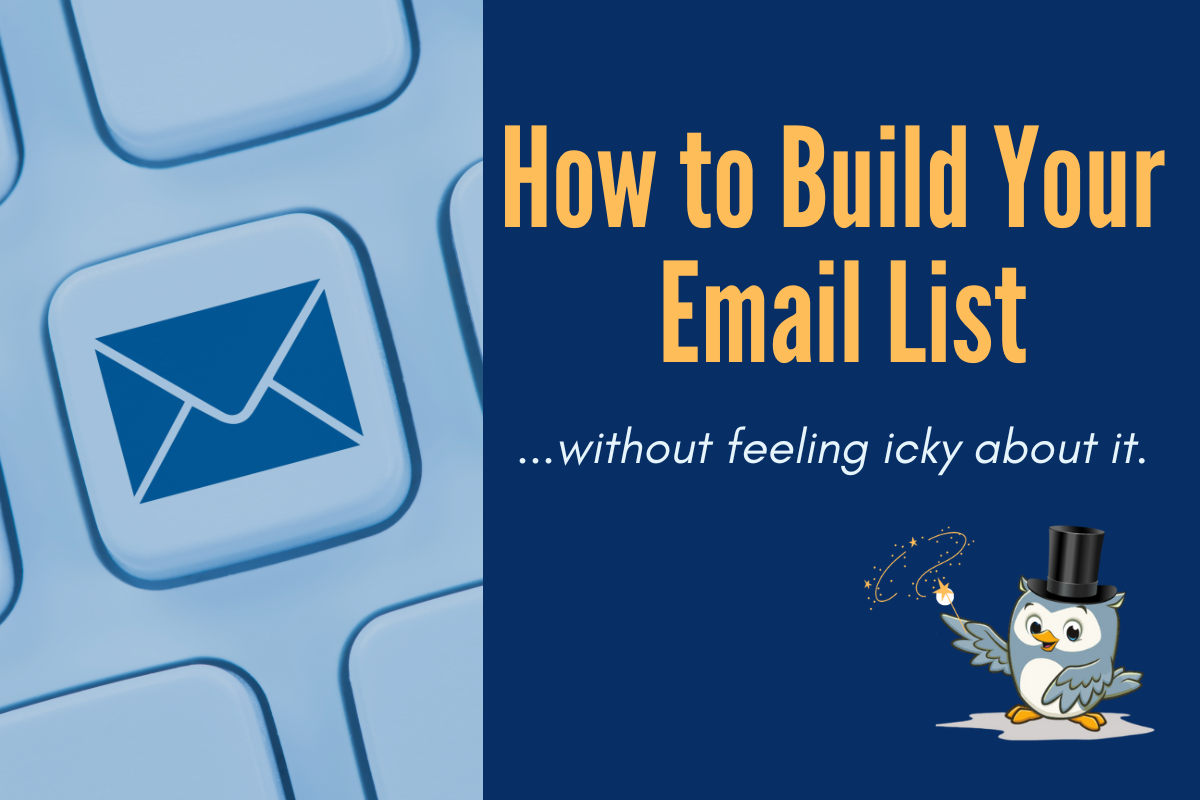
Are you wondering how to build your email list? Here are 9 tactics that will help you break through, or break out of a rut, and build it the healthy way.
You know you
should be growing your email list. But if the idea of begging for email addresses makes you cringe...good news! There are plenty of healthy, genuine ways to build your list—ways that feel more like inviting people to something awesome than pestering them.
Just remember, building your email list isn’t about “collecting” contacts—it’s about “connecting” with people.
Earlier this month we taught a class on this topic (download the PDF). This week’s post walks you through the slides in a little more detail, offering simple pro techniques you can start using right away:
1. Entice them to connect with you: Offer a signature freebie that shows your expertise
While many experts agree that the classic “lead magnet” is less popular than it once was, offering value never really goes out of style. The goal is to create something that solves a problem your ideal client is already Googling in the middle of the night – and make it uber valuable as well as actionable, and easy to consume.
Some ideas to get you thinking:
- 7 Mistakes to Avoid When Hiring a [Your Role]
- 3 Ways to Know If You’re Ready for [Your Service]
- 3 Meditations to Detach from Life’s Most Common Stressors
Pro Tip: Try combining several tools into a “mini course” or “getting started guide” which you send out in a timed sequence over several days to help reduce overwhelm… or pair it with a free consult or trial offer.
BONUS: Think beyond the page. What could you share via audio or video? Could you create a customizable template? A quiz? A survey—with the promise of a follow-up report that shares industry- or topic-related results they’d be interested in?
Whatever you create, think quick wins, not 50-page e-books nobody will finish.
2. Post your invitation far and wide
Once you’ve got a juicy freebie, don’t hide it like a secret recipe. Post a short, tantalizing invite with your signup link everywhere:
- Your email signature
- Social media bios
- Linktr.ee
- LinkedIn headline and About section
- Business cards
- Social media posts (add to your monthly content rotation)
- Even on a car magnet if you’re feeling bold
Also think offline—flyers, postcards, co-marketing with partners, and QR codes you can flash at networking events.
Pro tip: Keep a QR code image handy on your phone for quick shares!
3. Turn conversations into invitations
If you’re chatting with someone at a sales call or a coffee meet-up, don’t make it weird. Be curious about what they do and see if you can offer a valuable idea, tip, or connection. Then just casually invite them:
"I send out a short, helpful email every month with tips like these—want me to add you?"
It feels more personal, less salesy. Follow up with a quick and personal email – maybe even forward a past edition – and add "Great chatting! Here's what you can expect from my emails."
4. Host a free mini-workshop or office hours
Pick a small topic your people care about and host a short, helpful session. To attend, they sign up with their email, simple as that.
Bonus: Record the session and offer it afterward as a subscriber-only bonus. (More value!)
5. Then, offer the replay
After your event, post on social media that replay access is available – but ONLY – for your private email community… and include an invitation to sign up right away to get in, and get the replay.
You can even add a shareable nudge: "Know someone who would love this? Forward the signup link to them!"
Super Pro Tip: Share a quick testimonial from someone who attended live to add a little social proof.
6. Create a fun quiz
People love quizzes—especially ones that tell them something about themselves. (These can be offered on your website or via social media or other outreach methods described above.)
Here’s an example of one we helped to launch for the innovative organization pro Lisa Menees: SOS by Lisa’s Organizational Style Quiz. https://sosbylisa.com/organizational-style-quiz/
When people complete your quiz, deliver the juicy results (either their own, or a tallied results report if applicable) via email – if it’s an ongoing quiz offer, you could position this with a “current trends” angle and share results, say, quarterly. (If you can weave in your service offerings naturally based on the results, even better!)
7. Offer a “starter kit” or “experience”
Springboarding from #1, give people a taste of your magic by positioning your valuable item as a starter kit, not just a plain old “newsletter.”
Example: “Get my Quickstart Guide to Stress-Free Mornings + a 3-part email series to help you wake up smiling.”
When you frame it as an
experience, not just another inbox item you also lay the groundwork for how you’ll serve people when you’re working with them one-on-one. And people crave experiences, not just information.
8. Use stories and polls with a call-to-action
Create a social media story, or post a mini poll, then invite people to DM you for the good stuff:
"Want the checklist I mentioned? DM me ‘checklist’ and I’ll send it over!" or- "Curious how I set up my client onboarding system in under 2 hours? Drop your email and I’ll give you a behind-the-scenes peek."
It feels fun and interactive, not like filling out a boring form.
9. Build your email list with fan help: turn your subscribers into your street team
Encourage your existing subscribers to share the love:
- Add a “Forward to a Friend” link to your emails – make it bold and genuine enough that people pay attention (don’t resign yourself to the automated line provided by most email platforms)
- Run a mini "Invite Challenge"—give a prize to people who get friends to sign up.
- Offer an exclusive bonus if they refer a friend.
People trust recommendations from friends way more than ads. Tap into that.
Final Thought
Trying out new ideas on how to build your email list is often about getting creative, and being more personal. What it doesn’t have to be is either desperate or slimy! It’s really just creating helpful things people actually
want—and then making it easy for them to say yes.
Which one of these ideas are you going to try first? (We’d love to hear!)
